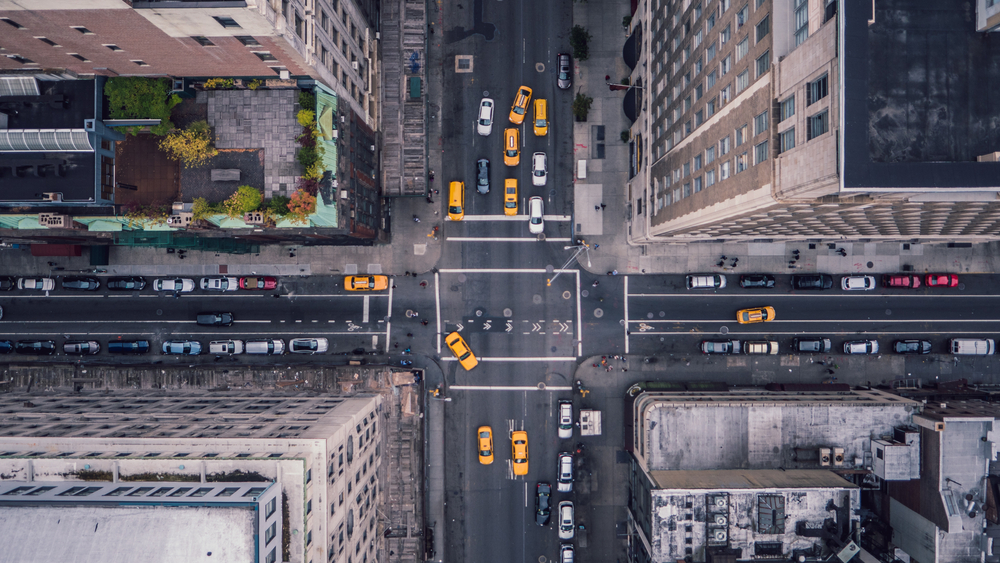If all eight million New Yorkers disappeared overnight, how fast would nature reclaim the city? A haunting timeline reveals what’s left behind.
Others are reading now
If all eight million New Yorkers disappeared overnight, how fast would nature reclaim the city? A haunting timeline reveals what’s left behind.
The City That Went Silent

In an instant, New York’s iconic noise is gone. Sirens, traffic, subway rumbles—all replaced by an eerie stillness. With no one left to sweep the streets or power the grid, nature begins its quiet takeover.
Darkness Descends on Manhattan

Without human oversight, the power grid collapses within days. Stars and the Milky Way shine over a darkened Times Square. Subways flood as pumps fail, and mold spreads through apartment walls, unchecked.
Parks Become Wild Fields
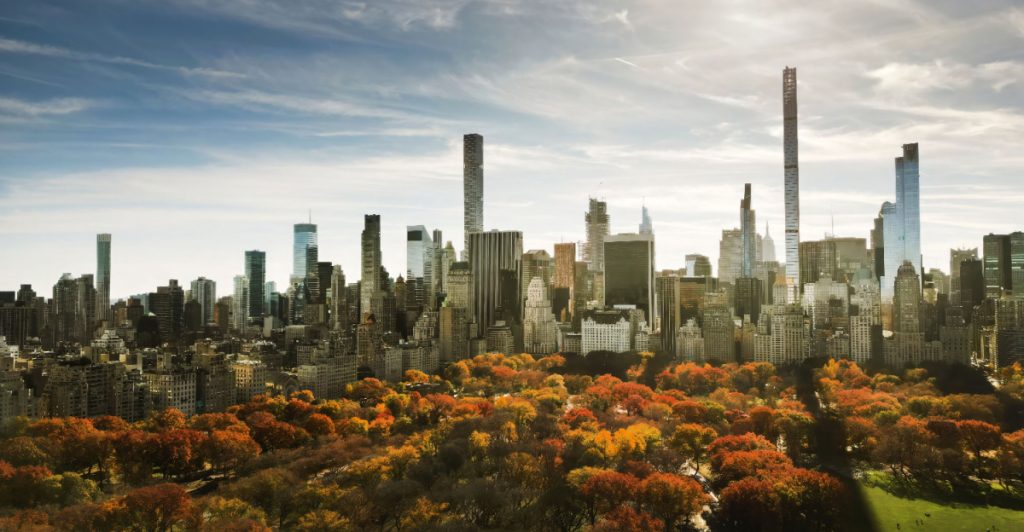
Central and Prospect Park transform quickly. Within a month, once-manicured lawns erupt into wild meadows. Dandelions, ragweed, and nutgrass reclaim their territory, paving the way for young trees and vines.
Also read
Life Moves Underground
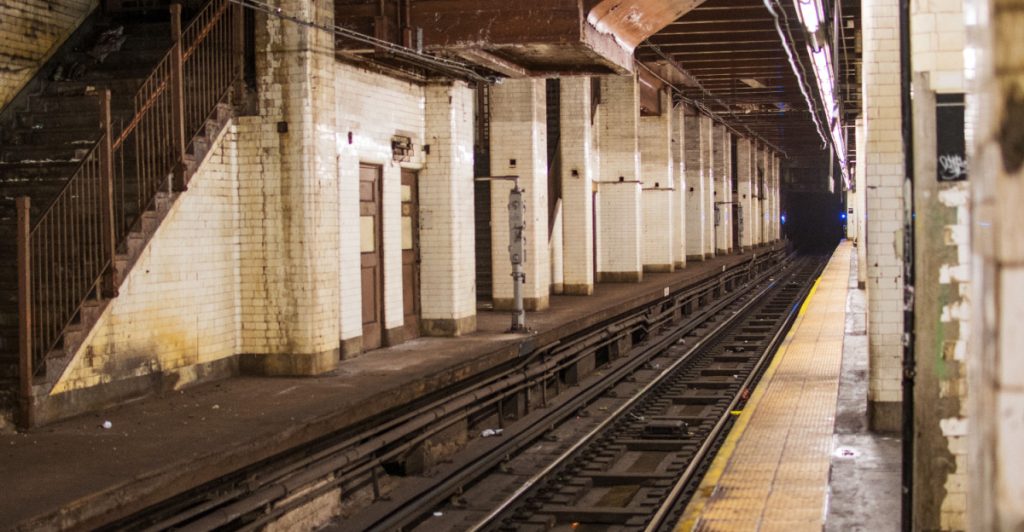
As subways flood, rats, roaches, and even opossums adapt to their new habitat. With human barriers gone, nature flourishes in tunnels and stations. It’s a rebirth underground.
Skyscrapers Start to Break
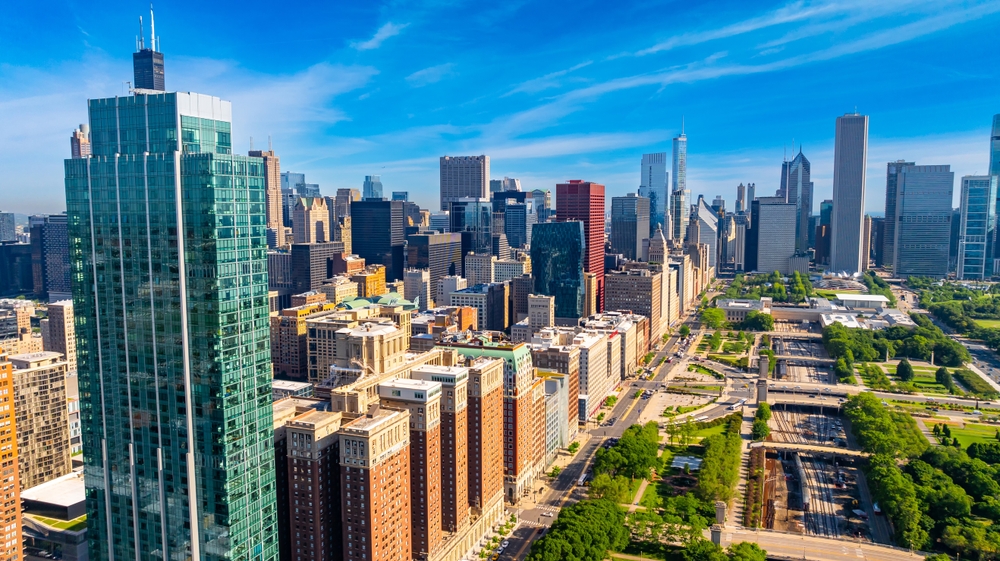
One year in, glass begins to fail. Windows shatter from weather and temperature swings. Water invades, turning high-rises into humid jungles. Mosquitoes and fungi thrive in the new wetland-like interiors.
The Streets Crack Open
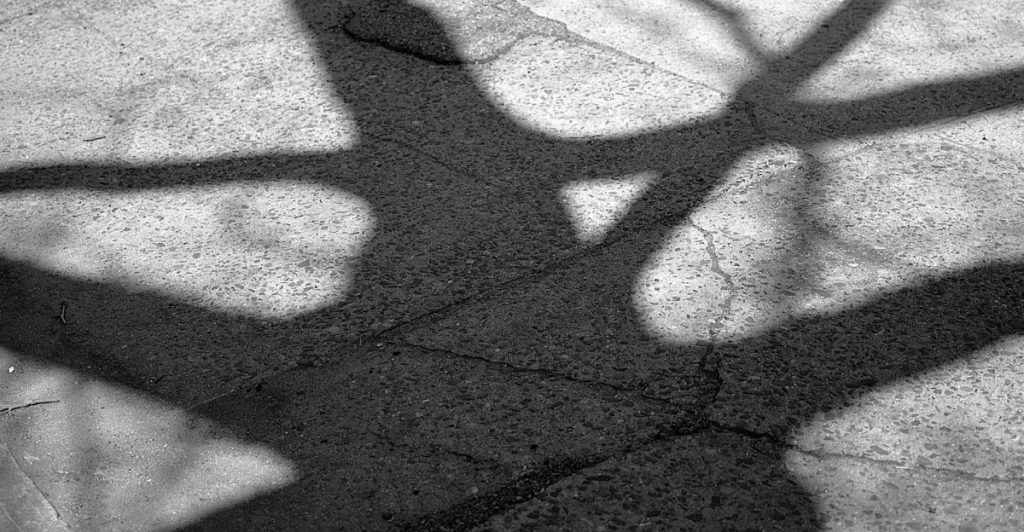
With no maintenance, freeze-thaw cycles tear apart asphalt. Moss grows in the cracks, followed by trees like the fast-spreading London planetree. Pavement turns to forest floor in just a few decades.
Forests Take Over Iconic Parks
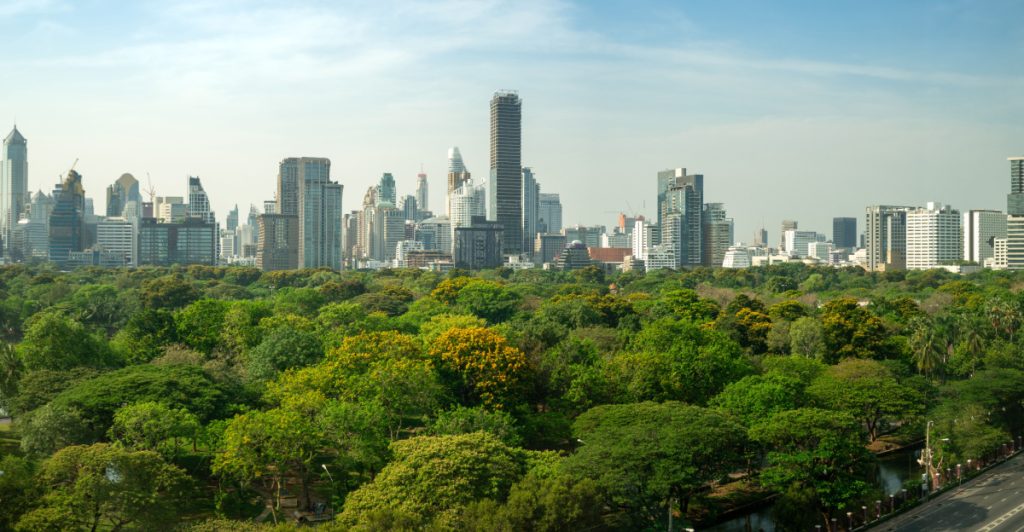
Fifty years later, New York hosts a one-of-a-kind ecosystem. Crabapples, oaks, and honeylocusts mix with poison ivy on glass towers. Wild animals—deer, coyotes, even black bears—claim the streets as home.
Skyscrapers Begin to Collapse
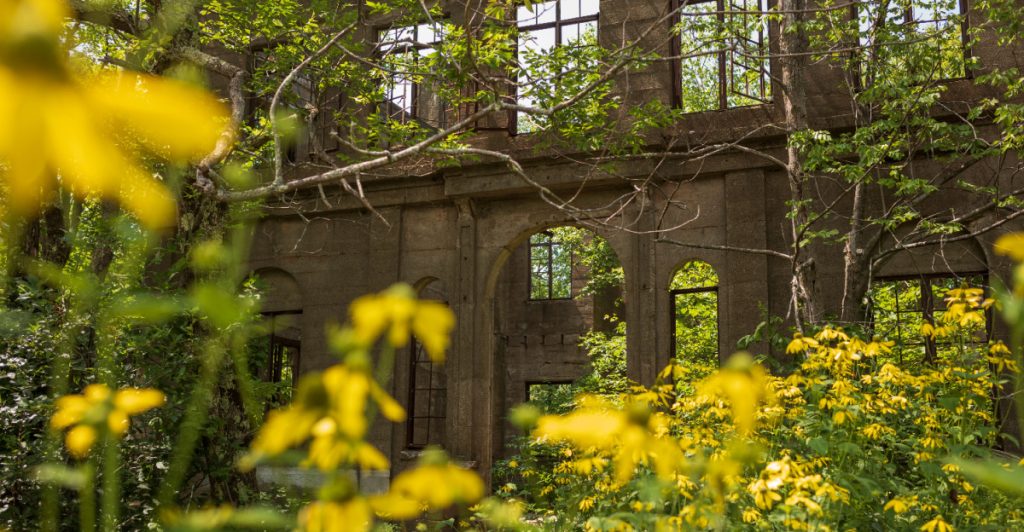
The tallest, sleekest towers fall first. Water infiltrates, steel rusts, concrete crumbles. Even giants like the Empire State Building begin to break down, leaving only partial silhouettes of their former glory.
A Century Later: A New Wilderness

After a hundred years, trees soar above the ruins. Wetlands reclaim riverbanks. Eels, turtles, and beavers swim where ferries once ran. In place of city streets, a forest hums with life.
What Remains of New York

Despite the decay, some fragments persist. Marble lions, rusted beams, overgrown fountains—all relics of a vanished civilization. The city becomes legend, buried under soil and time.

